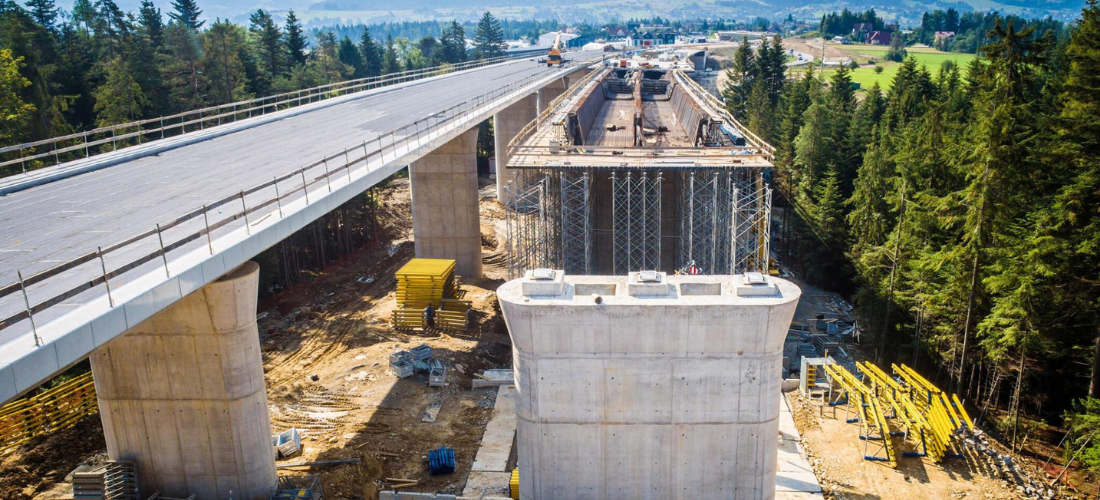Bitumen road construction is a cornerstone of modern infrastructure, providing durable and reliable surfaces for transportation networks worldwide. Understanding the materials, processes, and best practices involved in bitumen road construction is essential for ensuring the longevity and performance of roadways.
What is Bitumen?
Bitumen, also known as asphalt or asphalt cement, is a viscous, black, semi-solid form of petroleum. It serves as the binding agent in asphalt pavement, holding together the aggregate materials that form the road surface. Bitumen’s unique properties make it ideal for road construction due to its ability to withstand heavy traffic loads, resist water penetration, and adapt to various weather conditions.
Materials Used in Bitumen Road Construction:
1. Aggregate: Crushed stone, gravel, and sand are combined to form the aggregate base and surface layers of bitumen roads. The aggregate provides strength, stability, and drainage capabilities to the pavement structure.
2. Bitumen Binder: Bitumen serves as the adhesive that binds the aggregate particles together, forming a cohesive pavement surface. It also waterproofs the road, preventing water intrusion and protecting the underlying layers from damage.
3. Fillers and Additives: Fillers such as limestone dust or hydrated lime may be added to the bitumen mix to improve workability, durability, and resistance to deformation. Additionally, additives like polymers or rubber can enhance the performance of the asphalt mixture, increasing elasticity and reducing cracking.
Processes Involved in Bitumen Road Construction:
1. Mix Design: The selection and proportioning of aggregate, bitumen, and additives are crucial in designing asphalt mixes tailored to specific performance requirements and environmental conditions.
2. Pavement Preparation: The existing pavement surface is cleaned and prepared to ensure proper adhesion of the new asphalt layer. This may involve milling, grading, and compacting the underlying layers for optimal stability.
3. Asphalt Mixing: Hot mix asphalt (HMA) or warm mix asphalt (WMA) is produced in an asphalt plant by heating and mixing the aggregate and bitumen binder to the desired temperature and consistency.
4. Paving and Compaction: The asphalt mixture is transported to the construction site and spread uniformly using an asphalt paver. It is then compacted using rollers to achieve the desired density and smoothness.
5. Surface Treatment: Depending on the project requirements, additional surface treatments such as seal coating or microsurfacing may be applied to enhance durability, skid resistance, and aesthetics.
Best Practices for Bitumen Road Construction:
1. Quality Control: Strict quality control measures should be implemented throughout the construction process to ensure that materials meet specifications and that the asphalt mixture is properly proportioned and compacted.
2. Proper Drainage: Adequate drainage design is essential for preventing water buildup and prolonging the life of the pavement. Proper slope and drainage infrastructure should be incorporated into the road design to minimize water infiltration and prevent damage from freeze-thaw cycles.
3. Regular Maintenance: Routine maintenance activities such as crack sealing, pothole patching, and pavement rehabilitation are essential for preserving the integrity and performance of bitumen roads over time.
4. Traffic Management: Effective traffic management strategies should be employed to minimize disruptions during construction and ensure the safety of workers and motorists.
In conclusion, bitumen road construction involves a combination of quality materials, precise processes, and adherence to best practices to create durable, smooth, and long-lasting road surfaces. By understanding the fundamentals of bitumen road construction and implementing sound engineering principles, communities can build and maintain robust transportation networks that facilitate safe and efficient travel for years to come.

